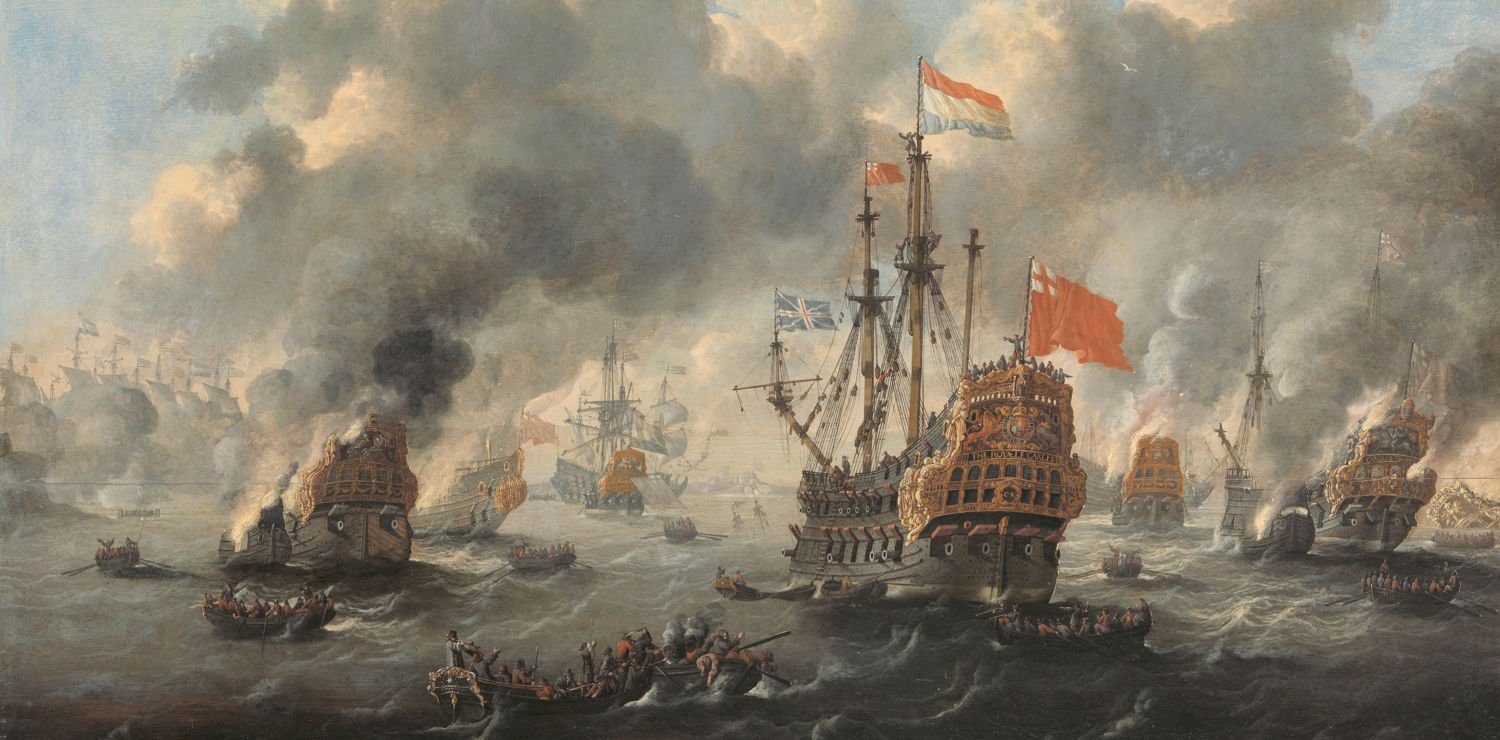
Dutch History

Dutch History
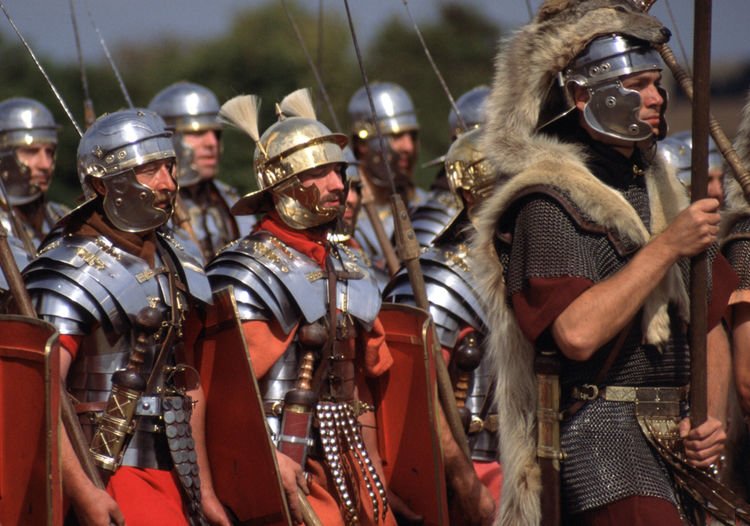
From 0 - 1500
In that period the Romans came to the Netherlands. They came from Rome and the first Dutch cities arose at that time (Maastricht).
The southern part became part of the Roman Empire, bringing urbanization and cultural influences.
Vikings raided coastal areas, causing disruptions and Christianity was established, with the Catholic Church's influence. Monastic orders founded abbeys and contributed to education and culture. Around 1500 more and more people did not agree with the way the Catholic Church ruled the religion and the protestants came as a second group.
<<<
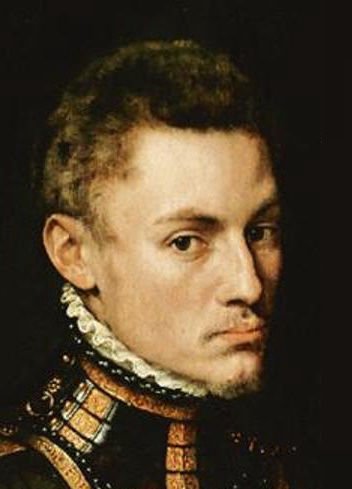
Prince Willen van Oranje
If you want to delve into the history of the Netherlands, it is important to know the most important periods and their characteristics.
The war with Spain that lasted 80 years (1568 - 1628)
The Spanish monarch was annoyed that more and more people in our area are turning away from the Catholic Church. During this period, Prince "Willem van Oranje" arranged the revolt against the Spaniards. William of Orange is considered as father of the Netherlands.
An important point of view was that there should be freedom of religion in the Netherlands. The Spanish monarch was against it. William of Orange is assassinated.
The Netherlands independently
In 1588 the Netherlands became a republic without a king. The Netherlands cooperated with 7 provinces. The war against Spain lasted until 1648 (then the Netherlands was free). The south of the Netherlands and Belgium belonged to Spain. Many people there are still Catholic. In the northern parts many people are Protestant.
After the end of this war, the republic became an independent state.
The national anthem has to do with the period when William of Orange led the revolt. The title of the national anthem is "het Wilhelmus".
<<<
Dutch Hymne
This is the Dutch Hymne. The text is somewhat controversial as it is stating that:
- we are of German blood and
- we always honored the Spanish King (strange during a war with the Spanish...)
Nevertheless the Dutch can get very emotional by singing this hymne. Not by the words but by the sound of it. Only listen to the first minute!
<<<
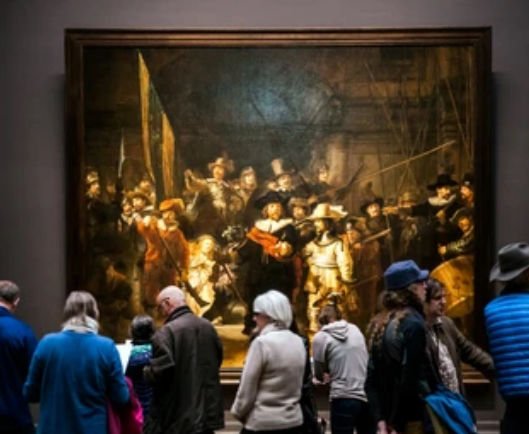
Night Watch (Rembrandt)
The period
The period from 1600 to 1700 is called the golden age. The Netherlands is doing very well. This was mainly due to trade in the colonies. The organization that regulated this trade was called VOC. T
VOC
1602 - Formation of the Dutch East India Company (VOC): The VOC was established as the world's first multinational corporation, which played a crucial role in Dutch exploration, trade, and colonization in Asia. There was trade in spices, but also in slaves.
Effects of the Golden Age
The fact that things went well in those days can be seen, for example, in the beautiful houses along the canals in Amsterdam. We also see those beautiful houses in other old cities in the Randstad. During this time, artists were also active who would later become world famous, such as Rembrandt. His most famous painting is "The Night Watch" and that painting can be seen in the Rijksmuseum in Amsterdam.
An interesting video
The next video is just there for illustration. So just look at it if it interests you. It shows the major period "the Golden Age", and how the Netherlands succeeded in becoming a global power.
By means of the cogwheel you can adapt undertitling.
<<<
The Golden Age
<<<
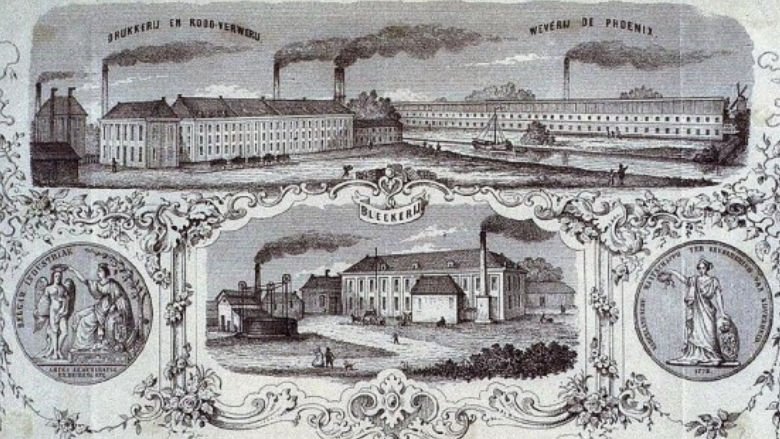
Industries arise... people move from the contryside
During the 18th century, the Dutch Republic experienced a period of economic growth and prosperity, fueled by its thriving trade and maritime industries. However, this period was also marked by internal political disputes and uprisings, including the Patriot Revolution of the late 1780s.
In 1814, the Netherlands adopted the constitution, a basic law that describes the principles of which a country must adhere. For example, in the constitution we find articles that describe that:
- everyone is equal
- there is freedom of religion
That constitution was later changed: the king was stripped of all power and the Netherlands became a real democracy.
Important changes can be seen especially in the period after 1850. Industries arise, for textiles and many people move from the countryside to the factories. There was a lot of poverty.
<<<
Poverty 1850 - 1930
The influence of democracy is becoming increasingly apparent. There will be laws to protect the workers.
World War I
In 1914 the first world war breaks out. Germany attacks many countries in Europe. The Netherlands remains impartial. There are many casualties in Belgium.
Crisis
Around 1930 the economy was going very badly all over the world. Factories had to close and many people took to the streets. It is a time of great poverty and bad conditions.
<<<
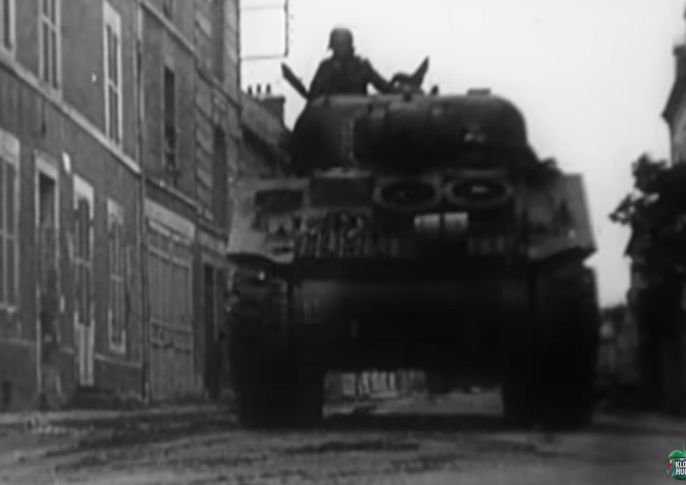
War
Nazi Germany
During World War II, the Netherlands was taken over by Nazi Germany, led by Adolf Hitler. German troops invaded the country in 1940, and after a short fight, the Dutch surrendered. The occupation lasted until 1945, and it was a difficult time for the Dutch people. The city of Rotterdam was destroyed by bombings. The Dutch stopped fighting, and the queen fled to England.
Situation of the Jews
Hitler blamed Jewish people for Europe's problems. Jews had their rights limited, were put in prisons, and sent to camps. In these camps, many were killed in gas chambers or died from illness and starvation. Some Jews hid in secret places, known as people in hiding. Six million Jews were killed in total.
Finally freedom
The war brought hardship, with little food and cold weather. Anyone helping Jews was punished. Hitler also tried to conquer Russia, but the harsh winter conditions made it difficult for German soldiers. Countries like America, Canada, England, and Russia fought against Germany. In 1945, Germany was defeated, and on May 5th, the Netherlands was liberated.
<<<
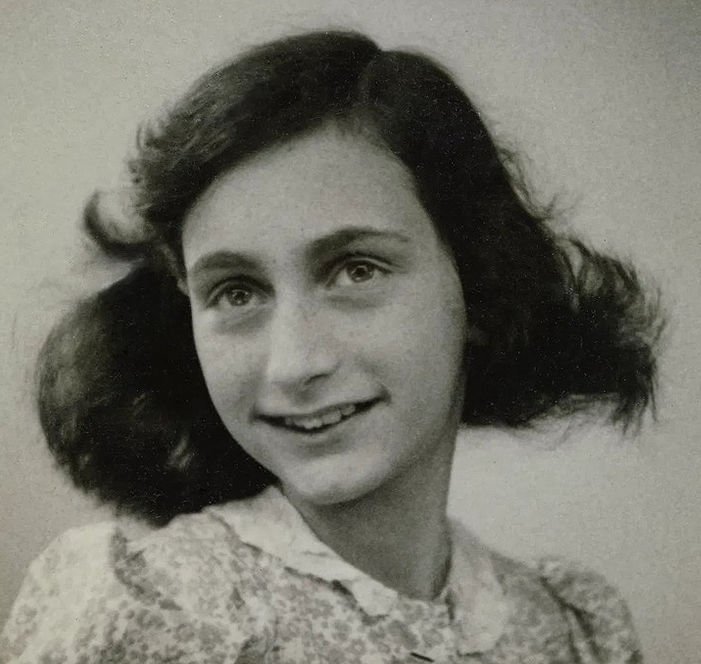
Anne Frank
Anne Frank was a Jewish girl who lived in Amsterdam during World War II. She and her family went into hiding in 1942 to avoid being captured by the Nazis, who were rounding up Jews and sending them to concentration camps. Anne and her family lived in a secret annex for two years before they were betrayed and captured by the Nazis in 1944. Anne died in a concentration camp in Germany in 1945, at the age of 15.
Her famous diary
Her diary, which she kept while in hiding, was later published and has become one of the most widely read books in the world, providing a personal and poignant account of the atrocities of the Holocaust.
<<<
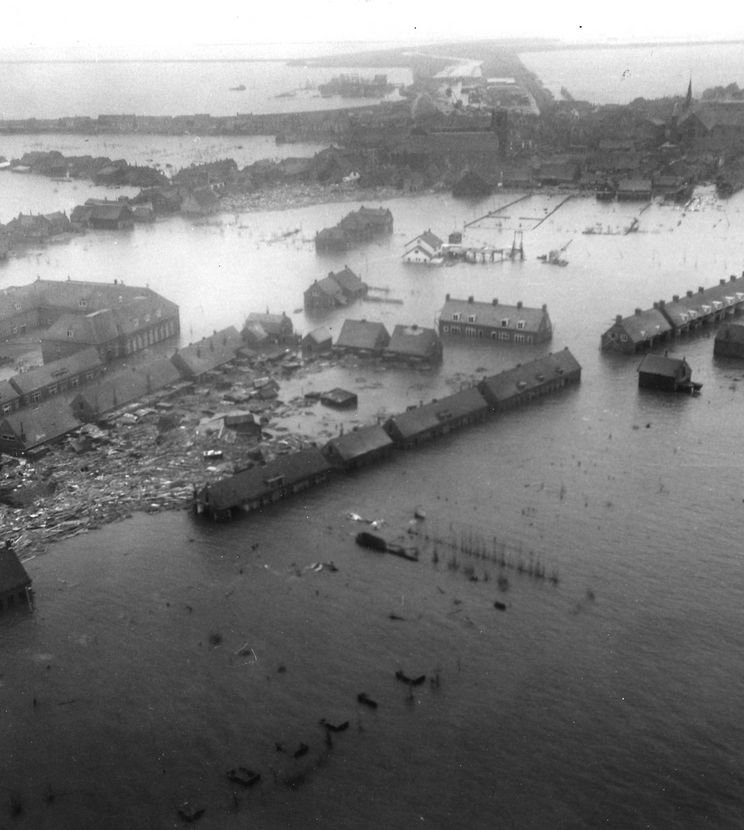
Waternoodramp 1953
After the end of World War II in 1945, the Netherlands underwent a period of rebuilding and reconstruction. The country had suffered greatly during the war, with large parts of its infrastructure destroyed, and many of its citizens killed or displaced. However, the Dutch people were determined to rebuild, and with the help of foreign aid and government programs, the country was able to recover.
The post-war period saw significant social, economic, and political changes in the Netherlands. The country became more prosperous and developed, with a strong focus on social welfare and the creation of a modern welfare state. In 1953 there was a disaster. A large part of the country, especially the province of Zeeland, was flooded. More then 1800 people died. After this, the dikes were reinforced and new dams were made (the project was called Delta-plan).
Joining United Nations
he Dutch also played an active role in the international community, joining the United Nations and other international organizations.
In the decades that followed, the Netherlands became known for its liberal and tolerant attitudes towards social issues, such as drug policy, euthanasia, and same-sex marriage.
Joining NATO
The Netherlands is a member of NATO. When a country joins NATO, it means they become a member of a group called the North Atlantic Treaty Organization. NATO is made up of countries from North America and Europe. The main goal of NATO is to work together to defend and protect each other. Therefore it is a military organization.
<<<
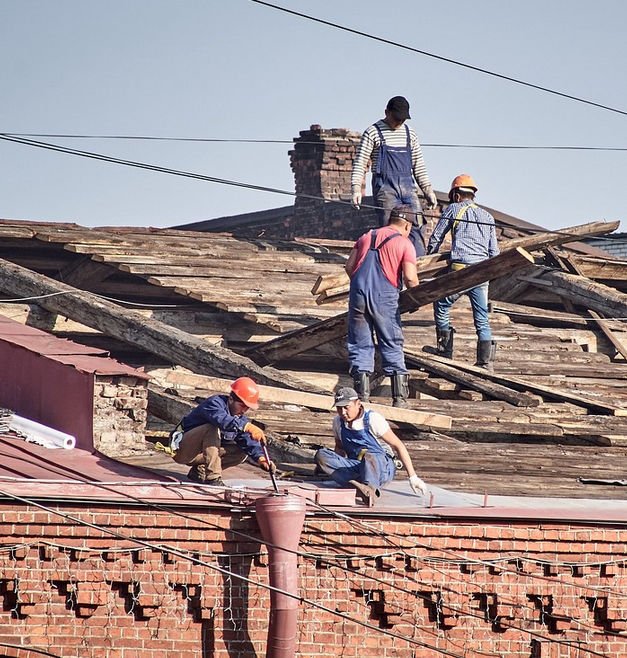
Guest Workers, many came from Polen
1970, new immigrants
Around 1970 the economy grew strongly. The Dutch did not want to do a lot of work that had to be done. People were brought from Turkey and Morocco who were willing to do this work. These immigrants are called "guest workers". Many went back but many also stayed. This led to important shifts in the composition of the population, especially in large cities such as Rotterdam and The Hague. That resulted in tensions. Nowadays it is difficult to enter the Netherlands. The Civic Integration Act has been in force since 2007.
People from the European Union
As people form the European Union are free to travel, many people of for instance Polen and Romania entered the country. For example, many people from Poland work in construction.
<<<
mobirise.com easy site creator